June 19, 2025 | 00:22 GMT +7
June 19, 2025 | 00:22 GMT +7
Hotline: 0913.378.918
June 19, 2025 | 00:22 GMT +7
Hotline: 0913.378.918
Thanh Hoa province has a total forest area of 647,437 ha, with a forest coverage rate of 53.75%. Among this, nearly 400,000 ha are eligible for forest environmental service payments, with an annual payout of VND 30–35 billion. Over the years, Thanh Hoa has been recognized as one of the provinces that has effectively implemented the forest environmental service payment policy.
The implementation of this policy not only provides additional income for residents but also raises awareness about forest protection. It strongly motivates people to engage in forest conservation and development, contributing significantly to increasing forest coverage and improving the forest ecosystem.
Regarding payments to households, more than 2,000 families across Thanh Hoa directly receive payments totalling VND 2–3 billion/year. This income helps improve their living conditions, reducing pressure on forests and enabling better forest protection.

The forest environmental service payment policy plays a crucial role in forest management and protection. Photo: Ngoc Diep.
Regarding payments to village and community groups, 628 villages across the province receive forest environmental service payments, with each village receiving an average of VND 15–20 million annually, and the highest payment reaching about VND 200 million. These funds are used by villages to support and pay for forest patrol teams, repair and upgrade transportation and irrigation infrastructure, renovate cultural houses, and support livelihood development initiatives such as establishing revolving loan funds.
“The implementation of the forest environmental service payment policy is contributing to ensuring forest security and protecting the ecological environment. The payments have provided additional income, helping the mountain people develop rural areas”, said Mr Tam.
Thanh Son commune, Quan Hoa district, Thanh Hoa province, is home to more than 90% ethnic minority residents. With a terrain dominated by hills and limited farmland, the local people previously relied heavily on forest product exploitation and encroaching on forest land to grow food crops.
In response to this situation, the Thanh Hoa Forest Protection, Development, and Disaster Prevention Fund has actively implemented awareness-raising activities about the forest environmental service payment policy. At the same time, they encouraged the locals to participate in forest protection, and take on contracts for forest care and management. Thanks to these ongoing efforts, the environmental service payments have been made on time, ensuring that households under contract receive a stable income, helping to improve their lives and reduce pressure on forest resources.
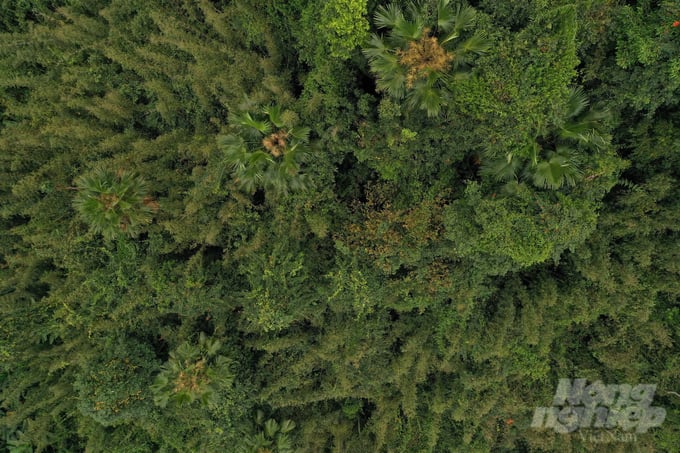
The implementation of the forest environmental service payment policy has brought about positive changes, encouraging greater involvement from local communities and governments in forest protection tasks. Photo: Ngoc Diep.
In particular, since 2000, forest fire prevention and control have been well managed, with no serious incidents occurring. As a result, the forest environment has been increasingly maintained and protected effectively, contributing to the stability of local livelihoods and economic development.
Translated by Hoang Duy
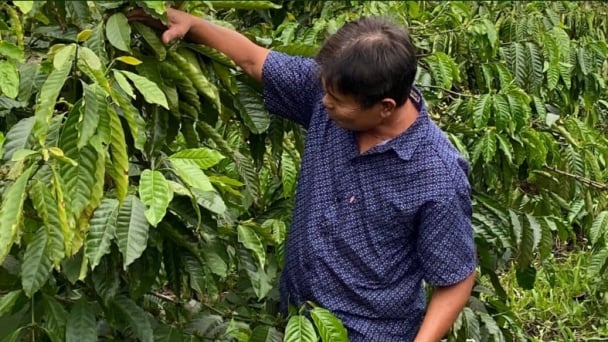
(VAN) After 5 years of implementation, the CAI initiative has helped coffee growers change their farming practices, moving toward responsible agriculture that meets global export standards.
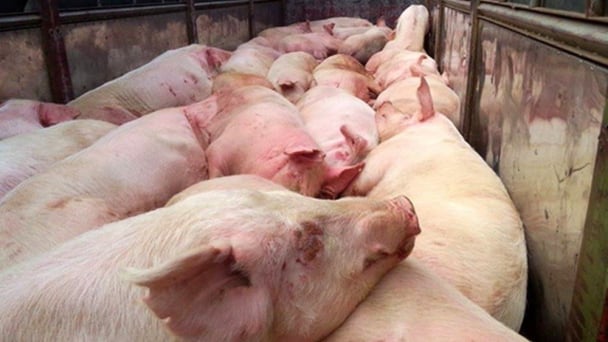
(VAN) The primary prerequisite for the comprehensive and robust integration of Vietnam's livestock sector into the global value chain is the establishment of a disease control system.
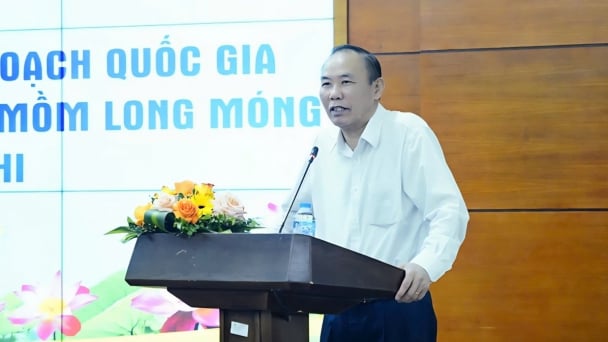
(VAN) The results of national programs are essential for establishing a contemporary livestock sector that is well-equipped to meet the demands of both domestic and international markets, with robust biosafety standards.
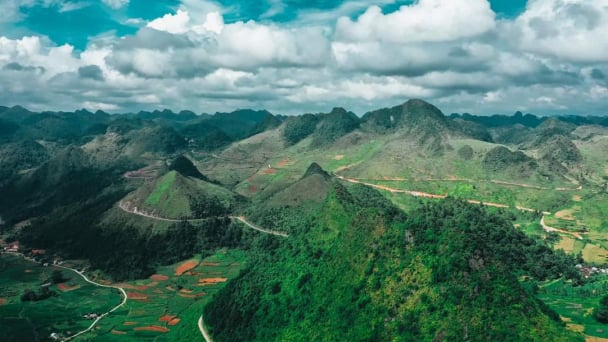
(VAN) The UNESCO Global Geopark revalidation of Non nuoc Cao Bang and the transition to a two-tier administrative model are presently undergoing a pivotal moment in Cao Bang, the northernmost province of Vietnam.
/2025/06/13/5330-2-004539_953.jpg)
(VAN) Changing policy mindset and removing investment barriers are urgent requirements to open up new development space for enterprises in the agricultural sector.

(VAN) The areas include the restoration of five million hectares of marine ecosystems.

(VAN) Dr. Le Van Nguyen, Director of the Institute of E-Commerce Management (ECM), emphasizes the potential for green development through the cultivation of fruit trees, particularly in provinces such as Son La.